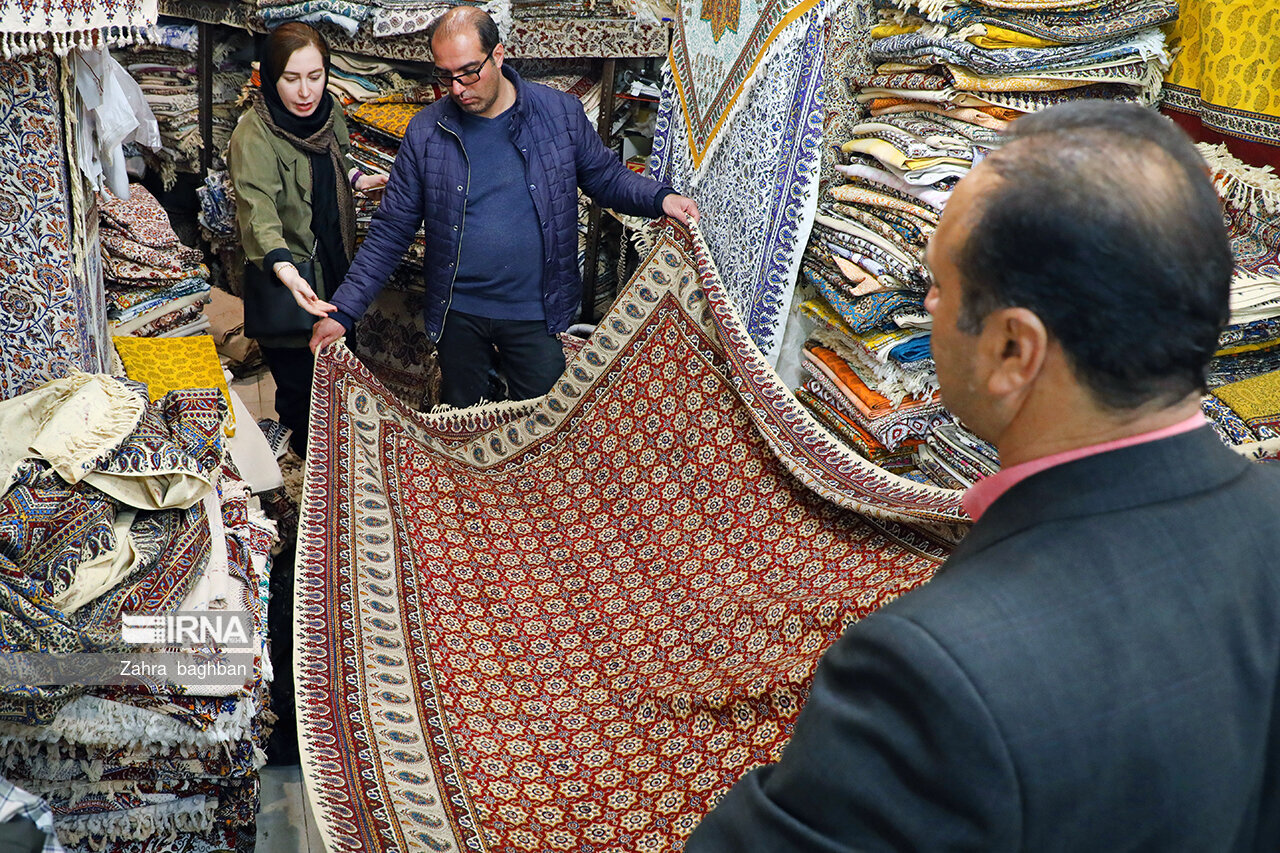Rise in Isfahans handicrafts sales in Nowruz holidays
Rise in Isfahan’s handicrafts sales in Nowruz holidays
Director General of Isfahan Cultural Heritage, Tourism and Handicrafts Department Amir Karamzadeh has said handicrafts’ trade in Isfahan province has witnessed a 20 percent year-on-year rise during Nowruz 1404 holidays.

He told IRNA on Sunday that the selling of artworks at permanent shops and temporary exhibitions stood at 1,330 billion rials ($1.3 million) from March 15 to April 4.
Karamzadeh explained that the handicrafts transactions reached 330 billion rials ($330,000) at 628 pavilions in 35 exhibitions and over 1,000 billion rials ($1 million) at permanent exhibitions.
He continued that historical monuments and tourist sites of Isfahan Province attracted nine million tourists during the Nowruz holidays, seeing a remarkable 50% year-on-year rise.
He added that 2.25 million tourists resided in the province during the vacations, indicating a 2.5% year-on-year growth.
Isfahan province, with over 22,000 historical monuments including 1,940 national sites and 15 globally registered monuments, over 600 ancient houses, as well as numerous natural, cultural, religious and recreational sites, is considered one of Iran’s tourism hubs.
The ancient city is celebrated not only for its magnificent historical monuments but also for the life-giving presence of the Zayandeh-Rood River, which has long graced the city with its original beauty and fertility.
Isfahan has earned the enduring moniker of Nesf-e-Jahan, translating to “half the world,” signifying that to behold it is to behold half the world. During its zenith, it stood as one of the largest cities in the region, boasting a population of nearly one million.
The serene azure tiles adorning Isfahan’s Islamic edifices, coupled with the city’s grandiose bridges, provide a striking juxtaposition against the arid expanse of the surrounding Iranian countryside. At the heart of the city lies the vast Imam Square, renowned as Naqsh-e Jahan Square, meaning “Image of the World,” a monumental testament to urban planning. Constructed in the early 17th century, this UNESCO-recognized square spans an impressive 500 meters by 160 meters and hosts some of the most captivating sights in Isfahan.
KT
source: tehrantimes.com